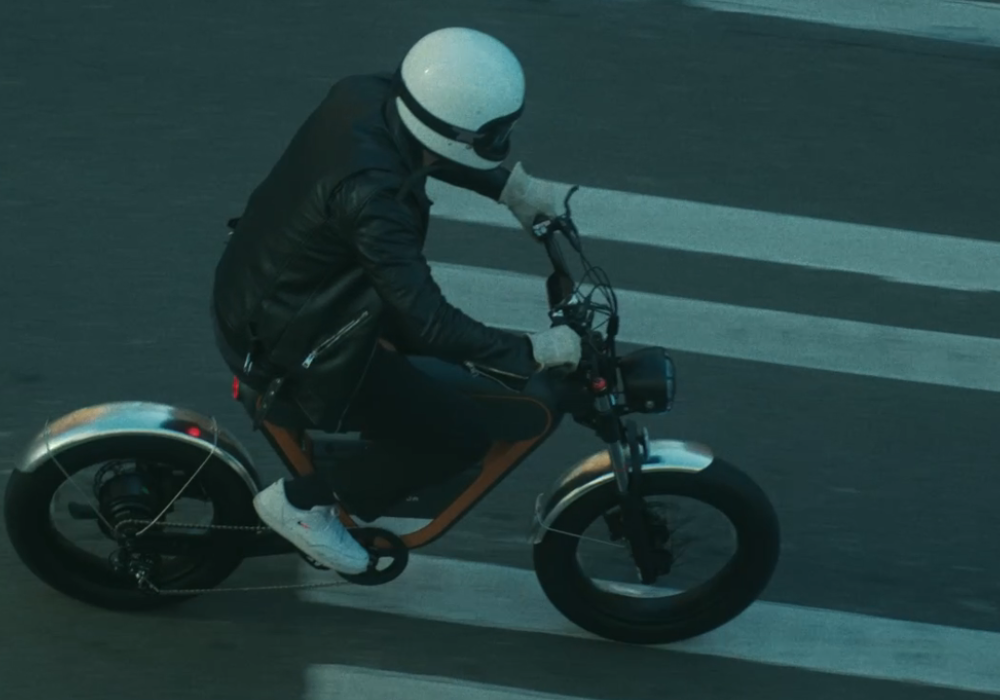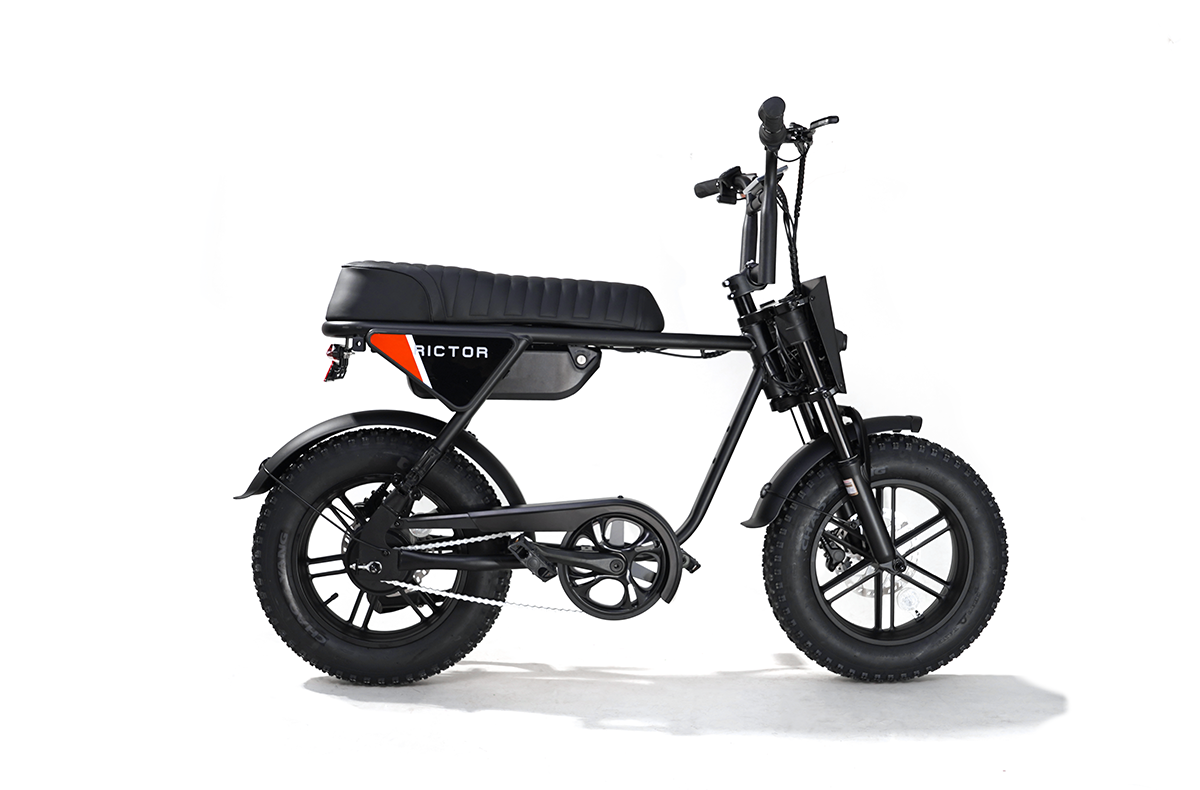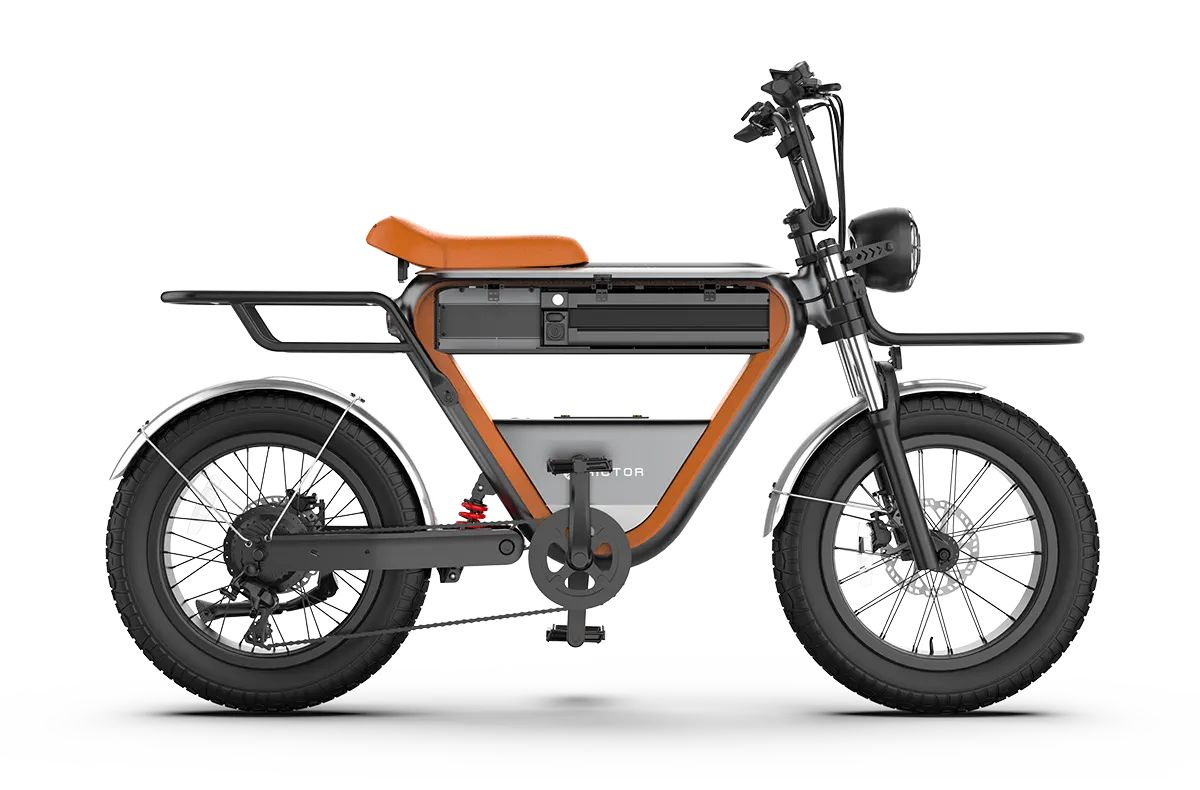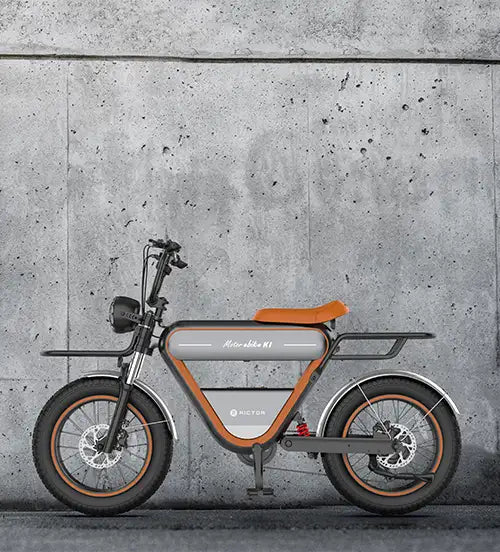
How long do e-bike batteries last on one charge
An e-bike battery typically lasts between 25 to 70 miles per charge—but that’s just the beginning. The actual range can vary significantly depending on multiple factors like rider behavior, terrain, weather conditions, and the level of pedal assistance used. Many riders are surprised to learn that battery life isn’t just about volts and amp-hours—it’s also affected by less obvious elements like how you ride, where you ride, and even how you think while riding. In this article, we’ll break down both the technical and psychological influences on your e-bike’s battery range—and highlight some cutting-edge innovations changing the game.
E-Bike Battery Life Is More Than Just a Number
Your e-bike battery range depends on more than just watt-hours or amp-hours. While technical specs like Wh and Ah give a baseline estimate, they don’t account for real-world usage. One key overlooked factor is rider psychology. Many e-bike users experience “range anxiety”—the fear of running out of battery mid-ride—even when there's plenty of charge left. This leads to overly cautious behavior, such as shortening routes or avoiding certain areas. Understanding how your mindset affects your riding habits is just as important as understanding your battery specs if you want to maximize your e-bike’s performance and enjoy longer, stress-free rides.
From Battery Capacity to Psychological Effects: How E-Bike Range Impacts Rider Decisions
Range anxiety affects how you ride—even when your battery has enough charge.
Many e-bike riders adjust their behavior based on perceived battery limits, not actual battery status. Research shows that fear of losing power can lead to slower speeds, lower assist levels, and shorter routes. While these habits may seem smart, they often lead to a less enjoyable and less efficient ride.Letting fear dictate your ride limits your e-bike’s full potential. Constantly monitoring battery levels can take away from the fun and freedom of riding. By understanding the psychological side of battery management, riders can make smarter choices, reduce anxiety, and confidently go further without second-guessing every mile.
Rider Habits and Their Effect on Battery Life
Beyond psychological factors, the way you use your e-bike plays a huge role in how long your battery lasts on a single charge. The frequency of charging, the terrain, and even your riding style all contribute to battery performance.
For instance, regular short trips vs.occasional long rides can affect the health of your battery. Batteries that are frequently charged and discharged in short intervals may wear out faster than those that undergo less frequent, more substantial discharges. Similarly, how you ride—whether you’re using the highest assist setting or riding at a steady, moderate pace—affects how much battery you consume.
A good rule of thumb is to use the lowest assist level that still allows you to comfortably ride, especially for longer trips. This not only conserves battery life but also improves the overall efficiency of your e-bike.
Environmental Factors: Hidden Killers of Your Battery’s Range
Weather and terrain conditions play a much bigger role in e-bike battery performance than most riders realize. For instance, cold weather can reduce battery capacity by as much as 20% or more. Cold temperatures slow down the chemical reactions inside the battery, meaning your e-bike will use more power to maintain the same level of performance.
On the other hand, hot weather can also be detrimental, as excessive heat can cause batteries to degrade faster. To get the most out of your battery, try to avoid extreme temperature conditions whenever possible.
Additionally, the terrain you ride on can have a big impact. Riding on flat ground at a steady pace will use less power than tackling steep hills or riding against a strong headwind. Be mindful of your riding environment, and adjust your expectations accordingly.
Tips to maximize your e-bike battery life
Charge Wisely for Longevity
- Avoid letting your e-bike battery drop to 0% or charge it to 100% regularly. Lithium-ion batteries last longer when kept between 20% and 80% charge.
- Use the manufacturer’s recommended charger for safe and efficient charging.
- Recharge when the battery reaches around 20%, and aim for 80-90% charging for optimal lifespan.
Optimize Riding Habits
- Use lower pedal assist levels whenever possible. Higher assist settings drain the battery faster, reducing your overall range.
- Maintain a steady, constant pace to avoid excessive energy consumption. Frequent starts and stops or riding in high-speed modes can deplete the battery quickly.
- Lightly press the pedals to activate electric assist, minimizing the strain on the battery at the start of your ride.
Protect from Extreme Temperatures
- Avoid charging or using the battery in extreme hot or cold environments. High temperatures accelerate battery degradation, while cold weather can temporarily reduce its efficiency.
- Store the battery in a cool, dry place, away from direct sunlight, heat, and humidity, especially during long periods of inactivity.
Regular Maintenance and Storage
- Clean the battery's connection points regularly to ensure efficient power flow, and wipe the surface to prevent dust and dirt buildup.
- If not in use for extended periods, store the e-bike with the battery charged to 40-60% and check its charge every few months to maintain battery health.
- Ensure your e-bike is stored in a dry, temperature-controlled environment to prevent damage from humidity and temperature fluctuations.
SEE ALSO Can You Fast Charge an Electric Bicycle?
E-Bike Battery Technology and Future Trends: How Innovations Could Extend Range
Battery technology is evolving rapidly, and innovations on the horizon could soon extend the range of e-bikes significantly. Currently, most e-bikes use lithium-ion batteries, which offer a good balance of weight, capacity, and cost. However, newer technologies such as solid-state batteries and supercapacitors may soon change the game.
Solid-state batteries are already being tested in various applications and promise to be safer, more efficient, and longer-lasting than traditional lithium-ion batteries. These batteries could potentially offer much higher energy densities, meaning your e-bike could travel farther on a single charge. Additionally, supercapacitors might play a role in rapid energy discharge and recharge, allowing for faster cycling of the battery.
Battery Management Systems (BMS) are another innovative technology making e-bike batteries smarter. These systems help optimize battery performance by monitoring factors like temperature, charge cycles, and power usage, ensuring the battery lasts longer and performs more efficiently. With AI-powered BMS, e-bikes could adapt to your riding style and environmental conditions, offering real-time adjustments to maximize battery life.
How to Predict Your E-Bike’s "Best Range": Key Data to Know
Understanding the relationship between your e-bike’s battery parameters and your riding habits can help you predict how far you can go on a single charge. Key data points to monitor include battery voltage, capacity, and charge cycles.
By tracking your average speed, ride duration, and battery consumption over time, you can better estimate your e-bike’s range under different conditions. Most e-bikes also provide real-time data about battery health, so use this information to adjust your riding strategy if needed.
Battery Life and Sustainability: A Long-Term View
One of the key considerations when using any rechargeable battery is sustainability. With the growing environmental concerns surrounding battery waste, it’s important to consider how to extend the life of your e-bike’s battery and how to dispose of it responsibly.
Many e-bikes now offer recyclable or replaceable battery designs, allowing you to extend the life of your e-bike while minimizing environmental impact. Opting for a battery that’s easy to recycle or reuse is a great way to make your e-bike more eco-friendly.
Conclusion: Understanding Several Factors Behind E-Bike Battery Life
E-bike battery life is not just about how many watt-hours or amp-hours a battery offers. It's also influenced by psychological factors like range anxiety, rider habits, environmental conditions, and the latest technological advances. By understanding these diverse elements, riders can get the most out of their e-bike batteries and enjoy a longer, more efficient ride.
As e-bike technology continues to evolve, the future holds exciting possibilities for even longer rides, faster recharges, and more intelligent battery management. For now, the key to maximizing your e-bike’s range is a combination of smart riding habits, understanding the impact of your environment, and embracing innovative new technologies.
FAQs
How far can an e-bike go on a single charge?
Most e-bikes last 25–70 miles per charge, but terrain, assist level, temperature, and rider behavior can raise or lower that range significantly
What’s the biggest mistake riders make with battery life?
Letting “range anxiety” limit your rides. Many riders underuse their battery out of fear, cutting trips short unnecessarily.
How can I make my e-bike battery last longer?
Use lower assist levels, avoid extreme temps, charge between 20–80%, maintain a steady pace, and store it properly when not in use.





